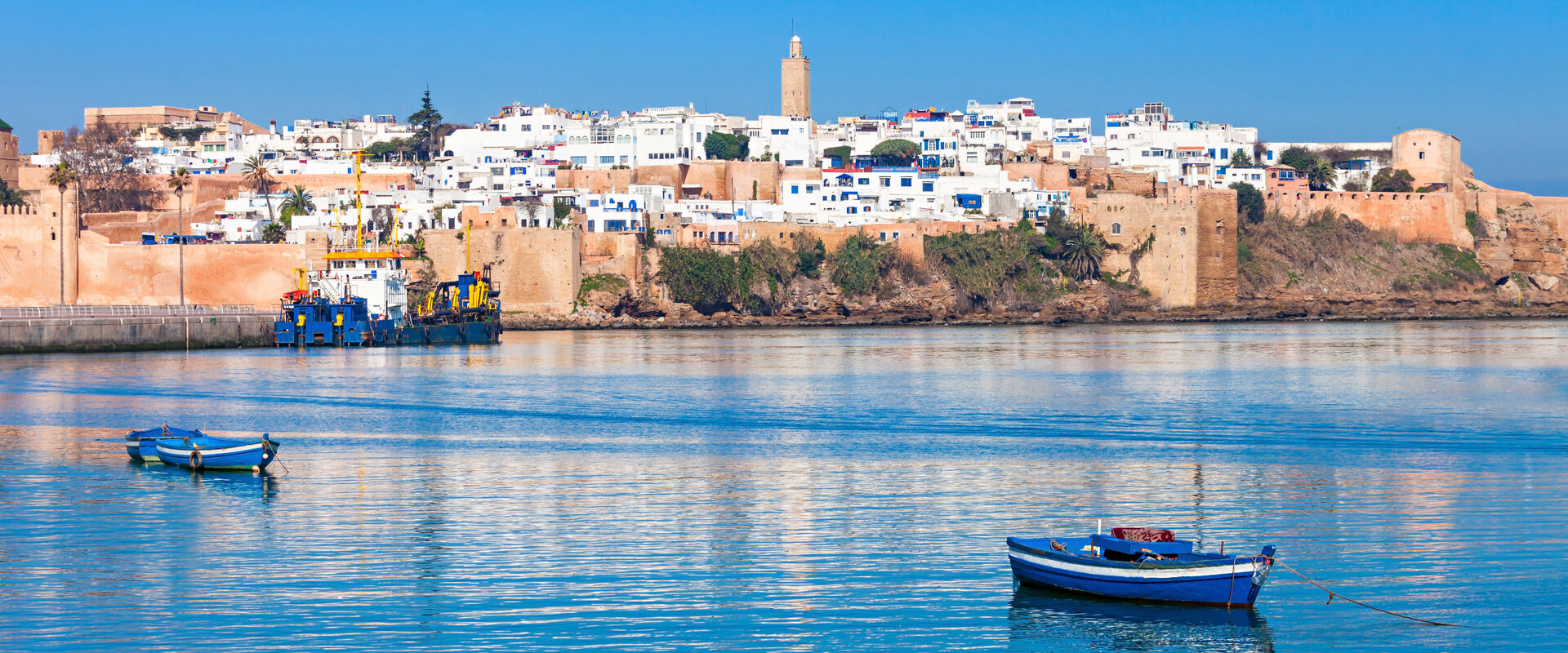
DISCOVER RABAT FROM ITS MEDINA
“Rabat, modern capital and historic city, a shared heritage”
UNESCO HERITAGE SITES IN RABAT
Rabat is home to several UNESCO World Heritage sites that showcase its rich historical and cultural heritage. Dar Al Miraaj is ideally located to access many of the heritage sites of Rabat.
The following landmarks are an absolute must see for anyone who wishes to explore what makes Rabat so special and unique:
- The Oudaïa Kasbah
- The archaeological site of Chellah
- Hassan Mosque and Mohammed V Mausoleum
- The Medina of Rabat
- The Almohad ramparts and gates
- The New Town (Ville nouvelle)
- Jardin d’Essais
- Habous de Diour Jamaâ quarter
From its ancient ruins to its vibrant markets and bustling streets, Rabat is a treasure trove of experiences for any traveler interested in exploring the the Kingdom of Morocco’s past and present
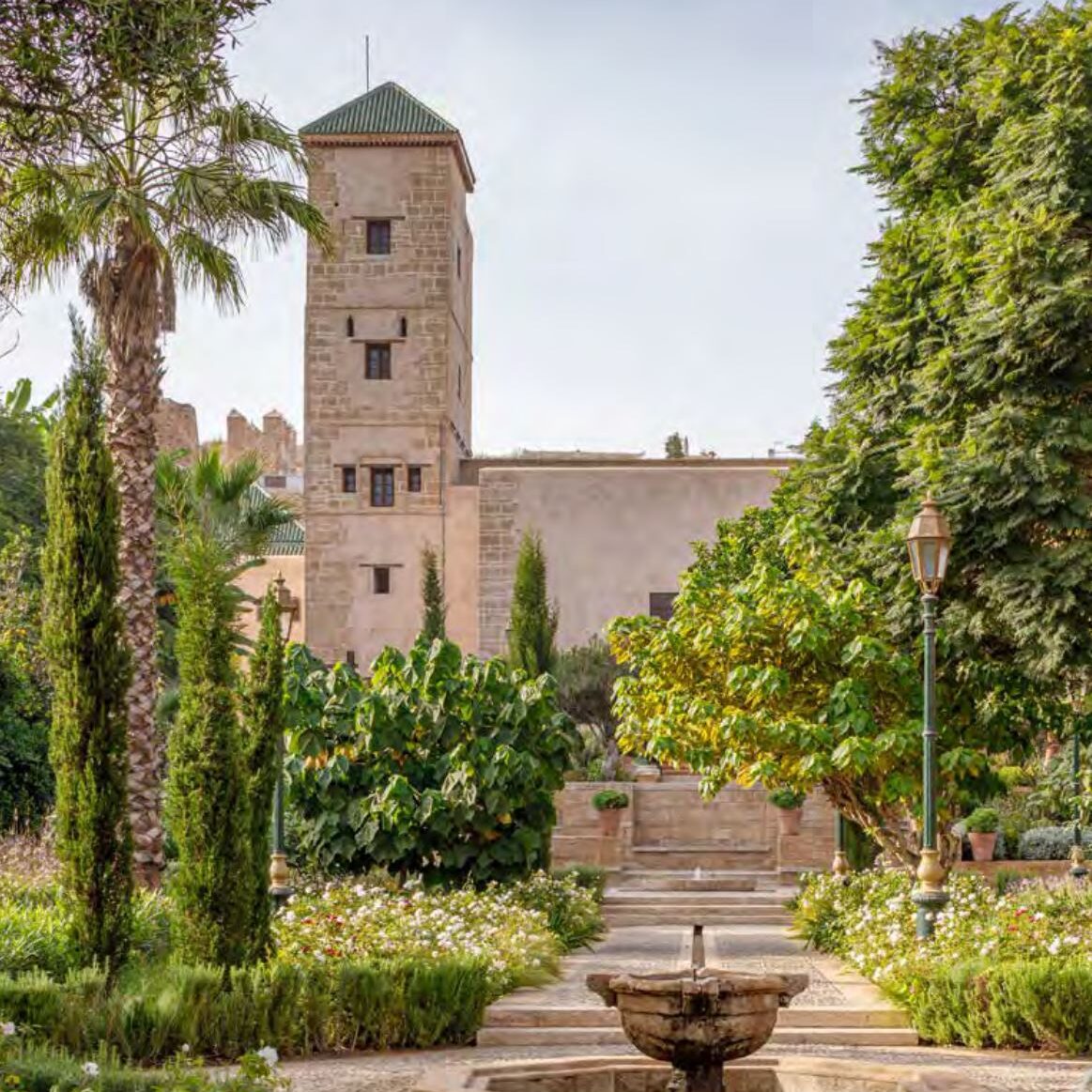
The Oudaïa Kasbah
A UNESCO World Heritage site, the Kasbah of the Oudayas has become for both Moroccans and world artists a haven of peace and inspiration. Visitors are seduced by the site’s beauty and calm.

The archaeological site of Chellah
The Chellah is not only one of the oldest human settlements in Morocco, but remains a spectacular sight for all the visitor discovering the complex, multi-layered history and cultures of Morocco.
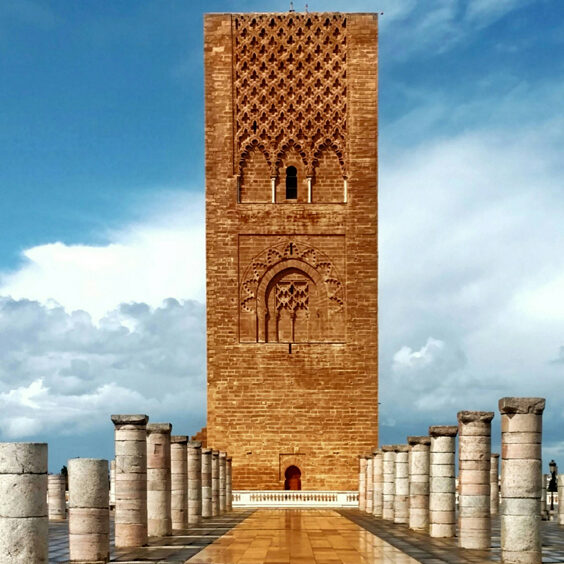
Hassan Tower and Mohammed V Mausoleum
Considered as the symbol of Rabat and one of the most iconic sites of the kingdom. The Hassan tower or Minaret, the Koutoubia mosque of Marrakech and the Giralda mosque of Sevilla share the exact same architecture.
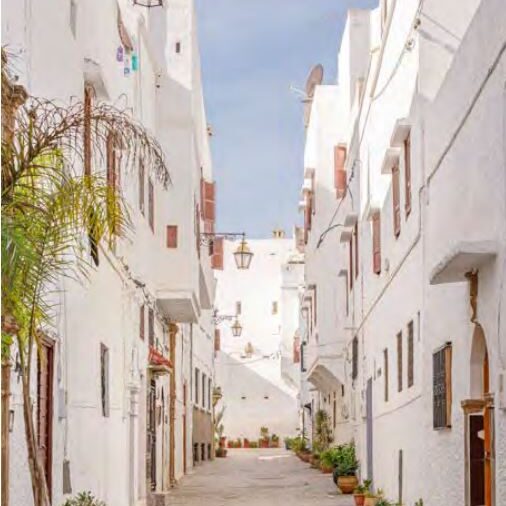
The Medina of Rabat
With the Almohade Dynasty (XII Century) the Rabat site is going to start a unique historical journey of transformation. In 1609, the Moriscos who were chased away from Spain during the Reconquista started to establish massively in Rabat, which gave the city a new vitality and dynamism.
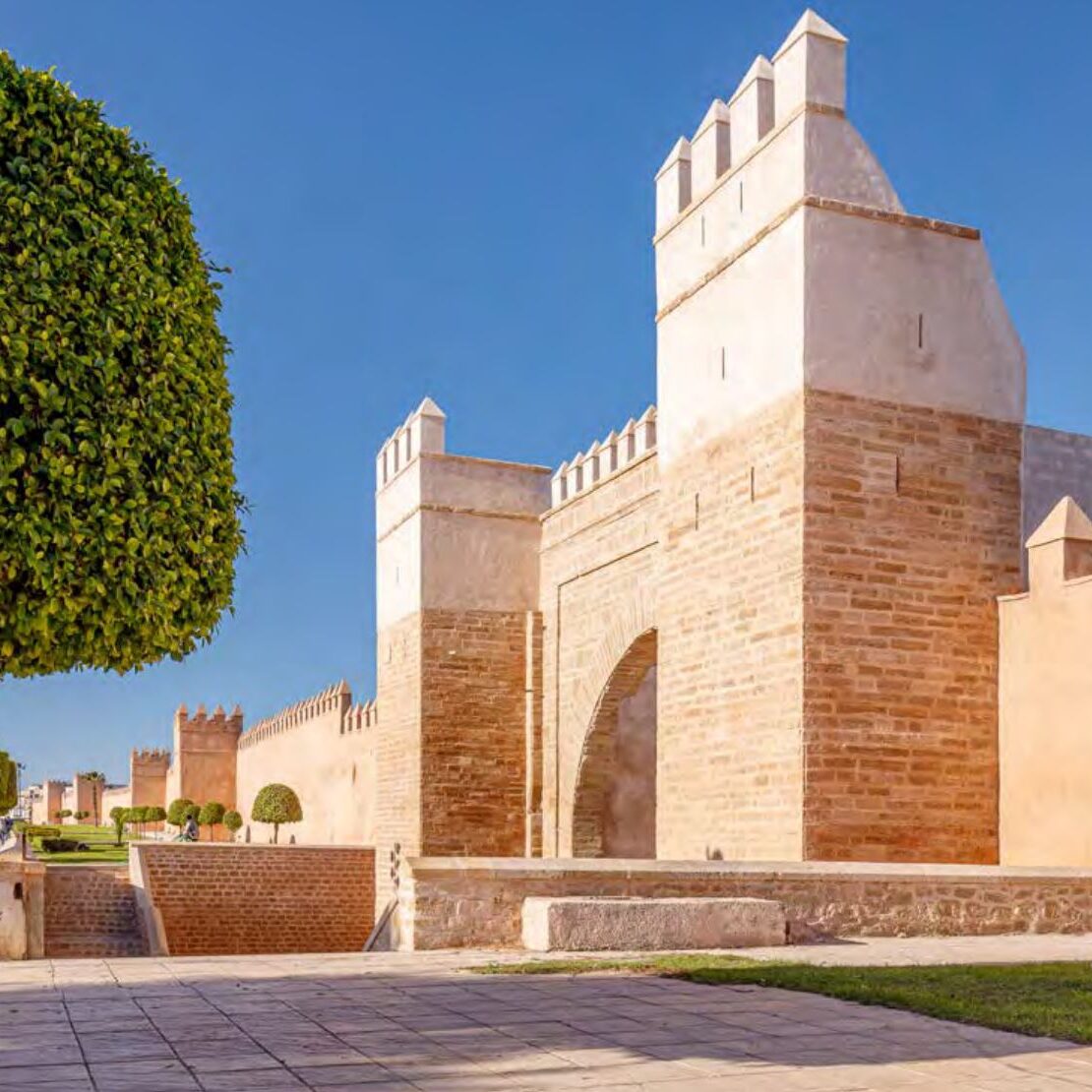
The Almohad ramparts and gates
Along with the Hassan Mosque, these ramparts are part of Ribat-al-Fath, the grandiose unfinished urban project of the Almohad caliph Yaâcoub El Mansour. They are flanked by 74 towers and perched by three large gates (Bab Laâlou, Bab El Had and Bab Rouah) as well as a smaller gate, Bab Zaër.
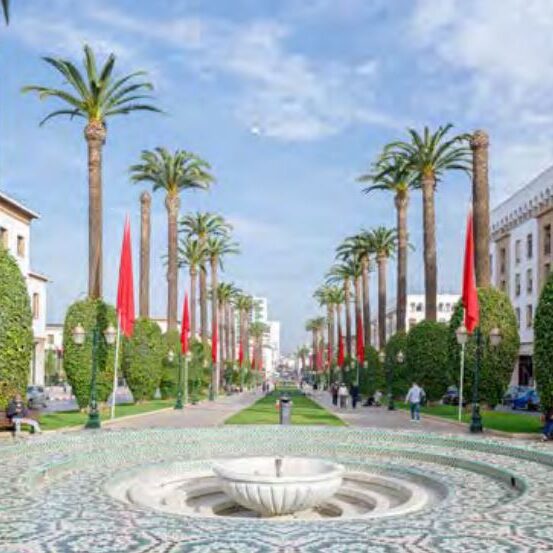
The New Town (La Ville Nouvelle)
Built on the basis of the development plan signed by Henri Prost in 1914, the New town developed at the south of the medina, inside the Almohad enclosure, on the same site where Yaâqoub El Mansour had planned, seven centuries earlier, the creation of a large city.
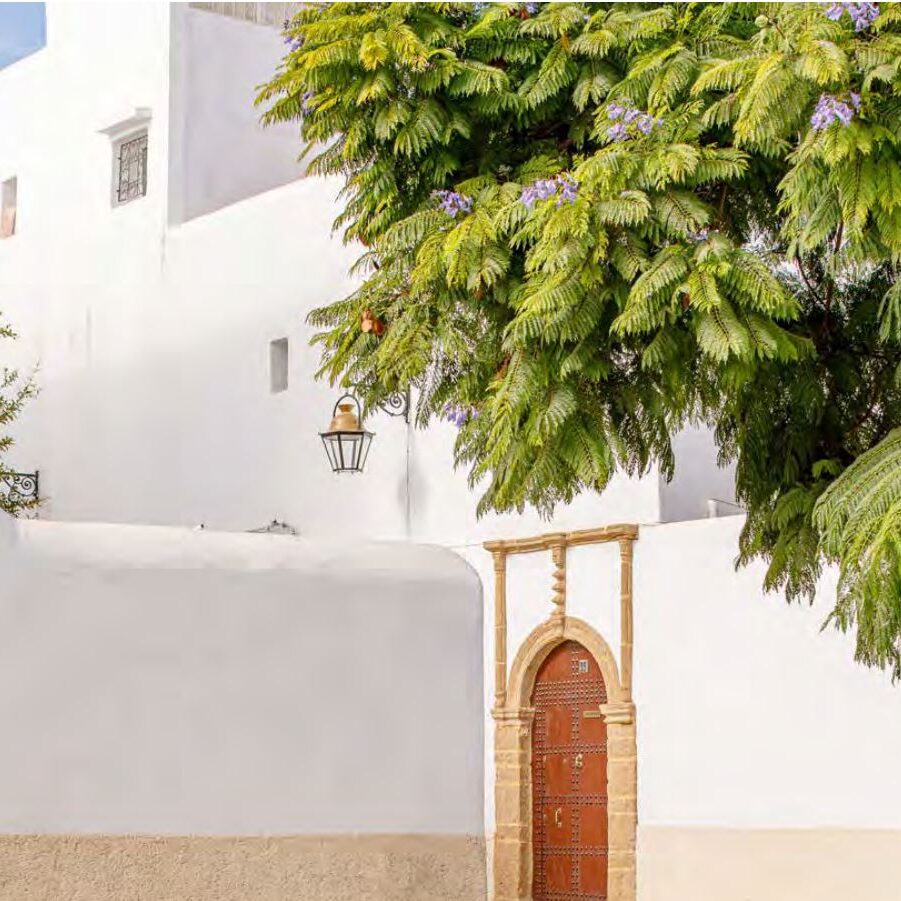
Habous de Diour Jamaâ quarter
Amoins d’un kilomètre de Bab El Had et tout proche du jardin d’essais se trouve un curieux quartier dénommé Diour Jamaâ. Ce quartier Habous a été réalisé à partir de 1917 jusqu’au début des années 1930. Oeuvre intellectuelle pure des architectes de l’autorité coloniale, ce quartier a été le fruit d’exercices de style divers, tous recherchant à atteindre la pureté du style des habitations de la médina de Rabat
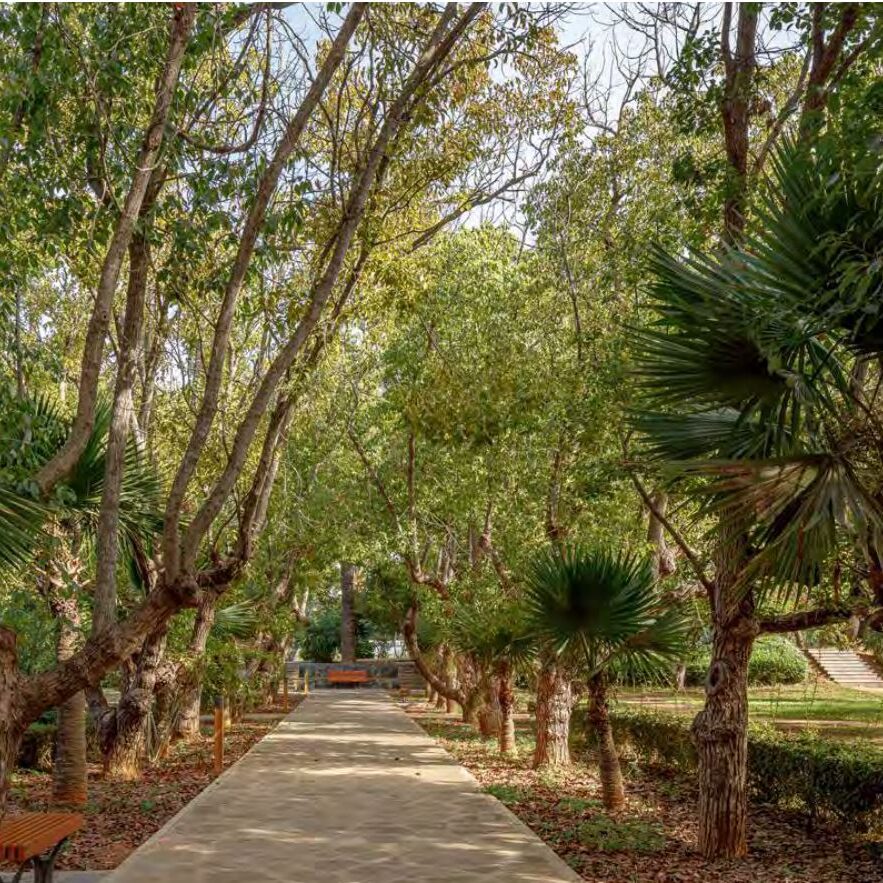
Le Jardin d'essais
the Jardins d’Essai Botaniques, literally meaning Gardens of Botanical Trials, was classified a national heritage site in 1992. These gardens were created between 1914 and 1919, under a joint initiative of the sultan Moulay Hafid and the French Protectorate and were designed by the French garden architect, Jean-Claude Nicolas Forestier,
OTHER PLACES WORTH A VISIT

National Museum of Jewelry & Adornment (The Oudaïa Kasbah)
The museum was inaugurated in early January 2023. The building has been a museum since 1915, and it was called Oudaya museum until 2006. It’s an amazing place and interesting place to visit for people who want to know about the Moroccan heritage. In total, 8,000 objects are on display in the museum, from jewellery to costumes, bags, belts and shoes. The King Mohammed VI of Morocco has gifted 350 items from his personnal collection to the museum.
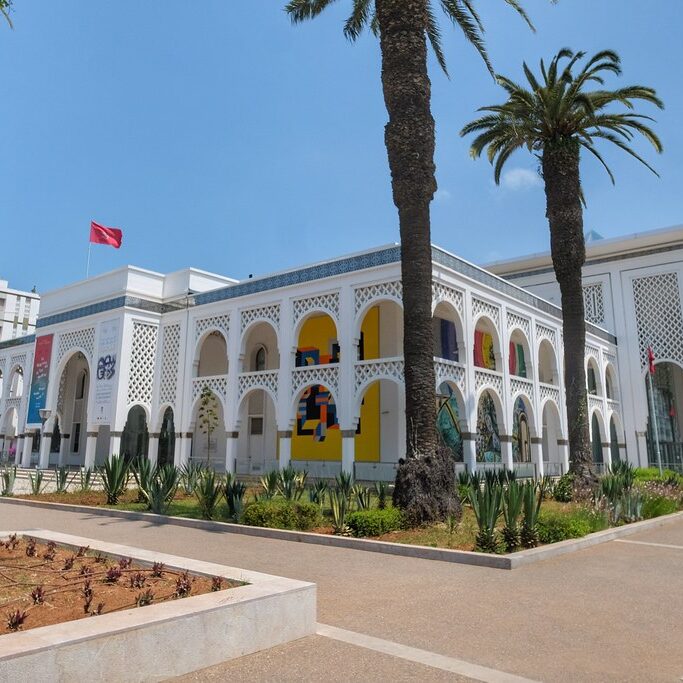
The Mohamed VI Museum of Modern and Contemporary Art
The museum opened in 2014, stands as an impressive testament to Morocco's fervent commitment to modern and contemporary art. It's an African Modern Art museum that is part of the prestigious network of fourteen museums under the National Foundation of Museums of Morocco.
The museum houses the works of 200 Moroccan artists, including, Ahmed Cherkaoui, Jilali Gharbaoui, Hassan Hajjaj and Ahmed Yacoubi.
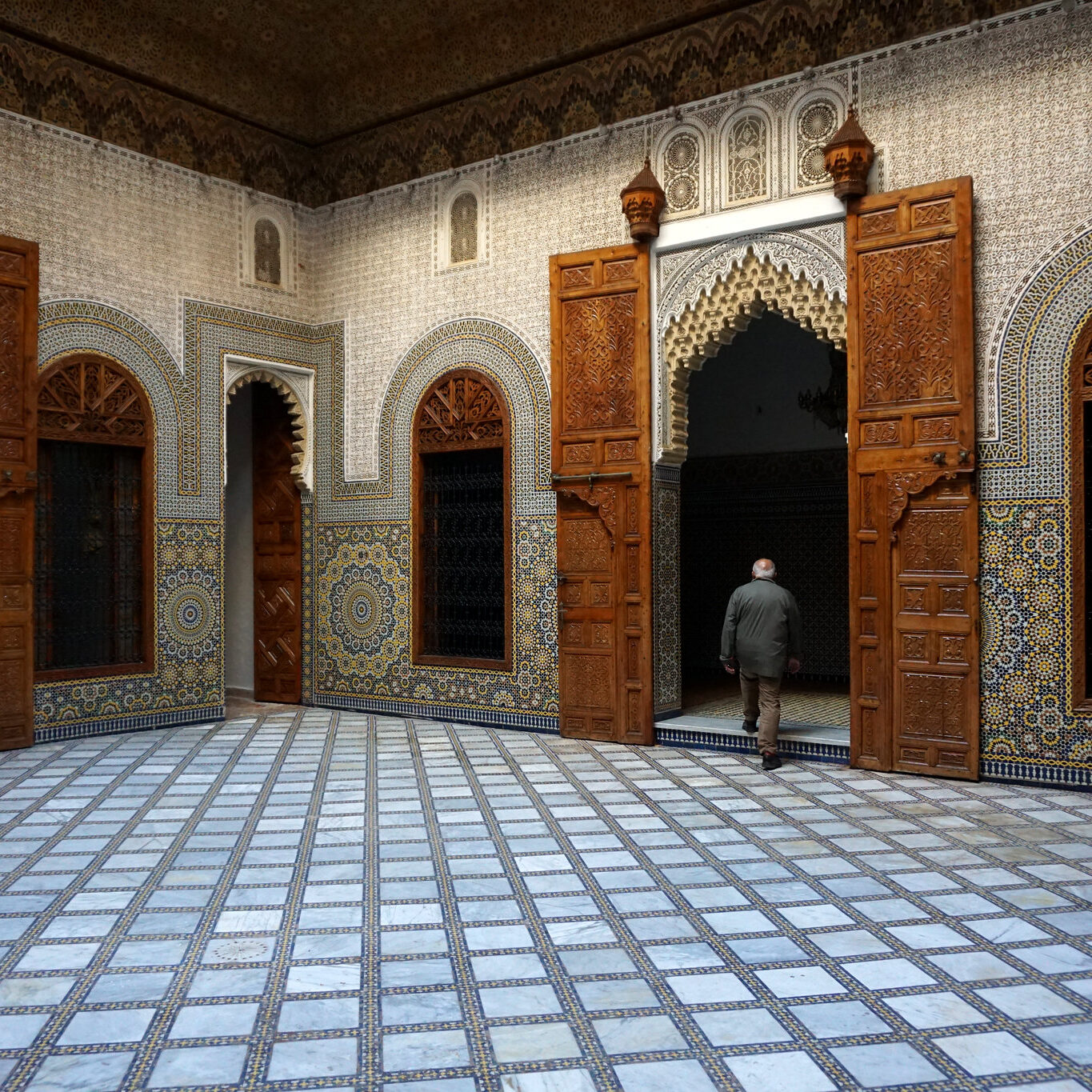
Dar Mrini, certainly one of the most beautiful traditional house in the Medina
Dar Mrini (Lamrini), is only located 200 meters away from Dar Al Miraaj. The main door leads to a curved vestibule, with traditional columns on both sides. This entrance is rich in decor, benches are covered with polychrome zellige, carved patterns on plaster, the ceiling is painted wood.
The central courtyard is square and is surrounded by four rooms on each of the four facades with polychrome zellige paneling surmounted by engraved plaster registers.
Two staircases bring the visitors to the first floor with a gallery surrounded by balustrade above the courtyard. The east side of the floor is occupied by a large room called masriya, which is richly decorated and has six windows. This room is flanked in the north end of an antechamber delimited by a large panel of painted and carved wood.
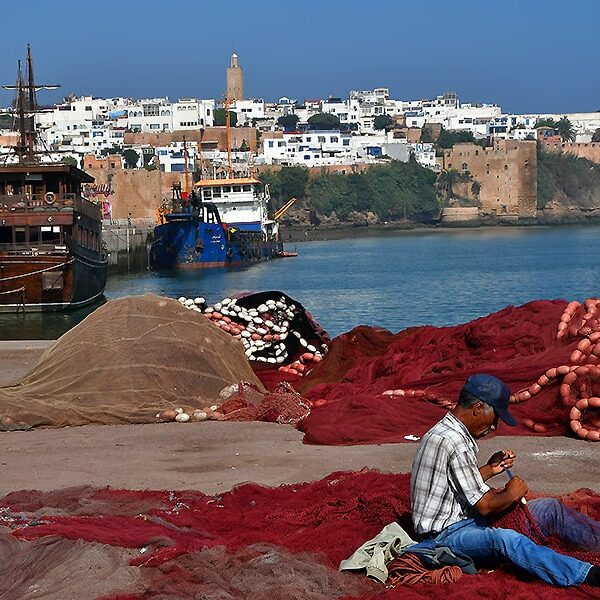
The Bourgreg River
It is in the Oued Bouregreg that Rabat and Salé owe their birth, more than twenty centuries ago. The Bouregreg river was called in antiquity, Oued Sala (the salty river), it is only in the XIIIth century that it becomes Bouregreg, from "regrag" meaning "gravel" in Berber but historians are still debating on the origine of the name.
It is on the banks of the Bouregreg that the Beni Achara family founded the city of Salé in the 11th century and was even the capital of the Emir Tamin Empire of Ifrane.
It was through trade and the race war that the estuary of Bou Regreg became during a long period, the great port of North-Morocco which exported leather, wool, ostrich feathers, copper, fruits and received mostly sheets, velvets, cottons and canvases
Testimonials
The beautiful, wonderfully restored Kasbah des oudayas
Dar Al Miraaj is perfectly loccated only two minutes away from the Oudayas. All the walls and doors of the Kasbah were restaured as well as the Andalousian garden and the beautiful museum.
We really enjoyed the beautiful doors and scenery as well as amazing views from over the ocean, the beaches. We also took a Moroccan tea break at the cafe maures overlooking the bouregreg river.

Erika Christensen - Denmark
Rue des Consules the best place to buy antiques and gifts
It is an excellent place completely renovated and close to Dar Al Miraaj.
This is the ideal place to shop for traditionnal handicrafts like carpets, silver jewellery, pottery, leather, silks, lamps, wooden furniture, traditional Moroccan dress like jellabahs and shoes.
We bought some berber jewellery in one of the shops specialised in Moroocan antiques.

Thomas De la Morinerie - France
